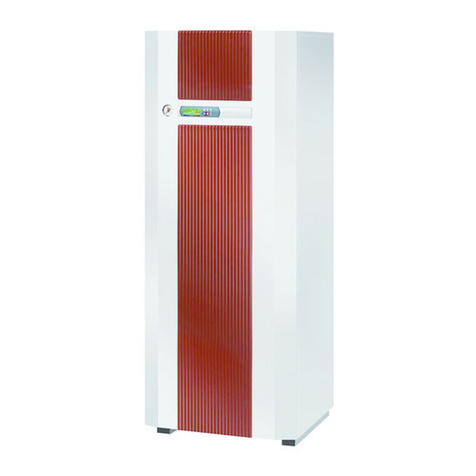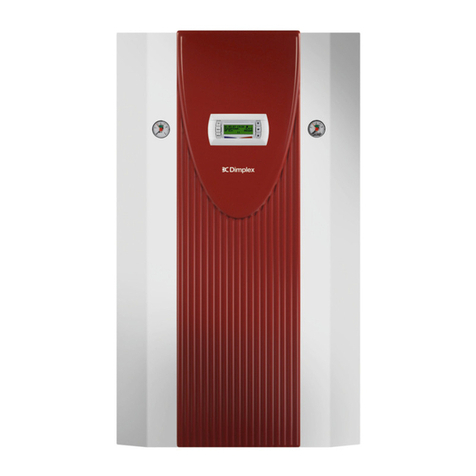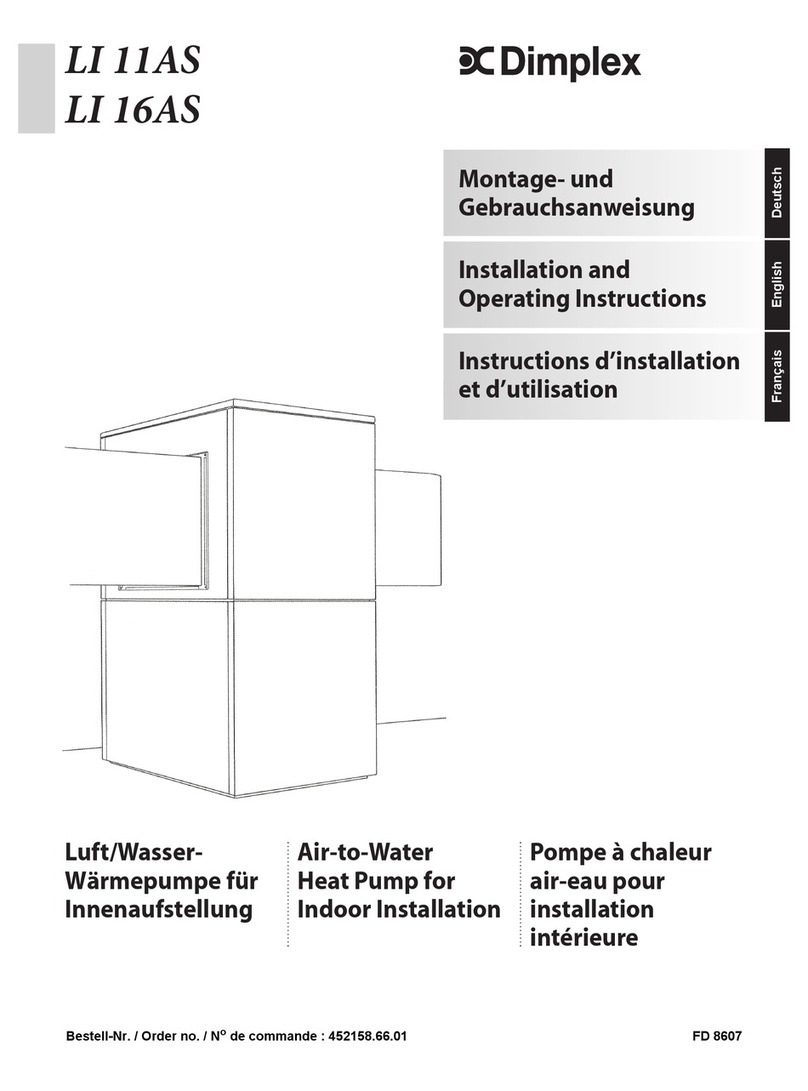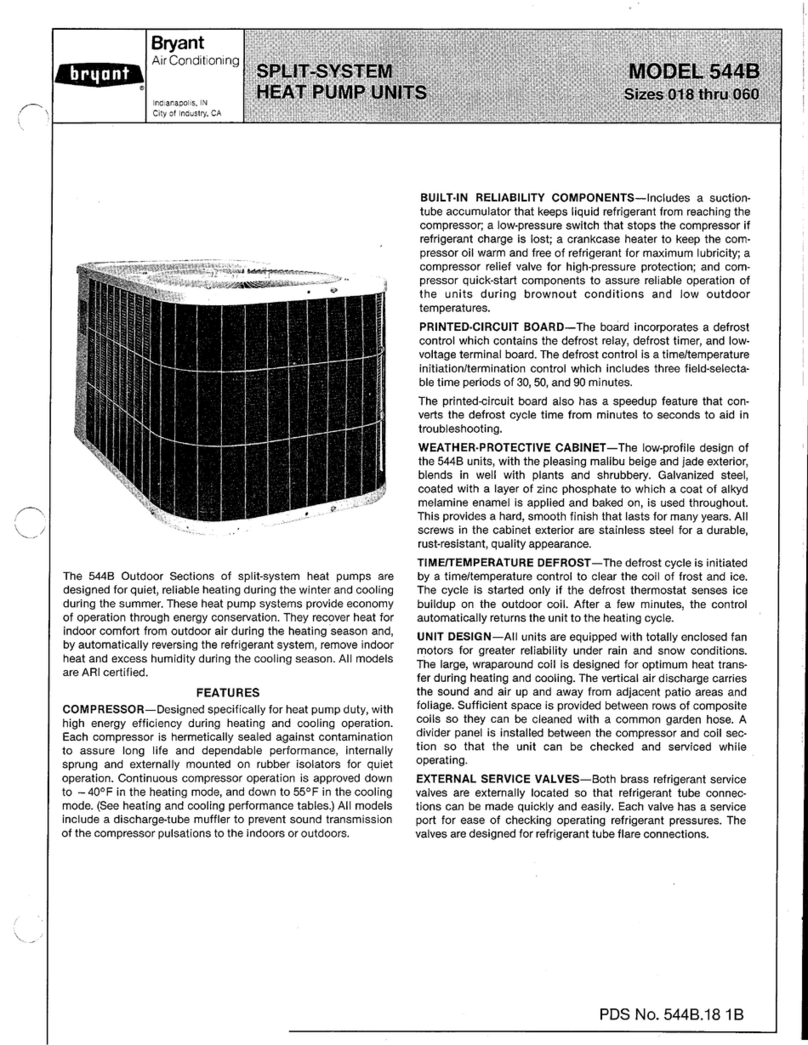Dimplex WI 90CG User manual
Other Dimplex Heat Pump manuals

Dimplex
Dimplex DHW 300 User guide
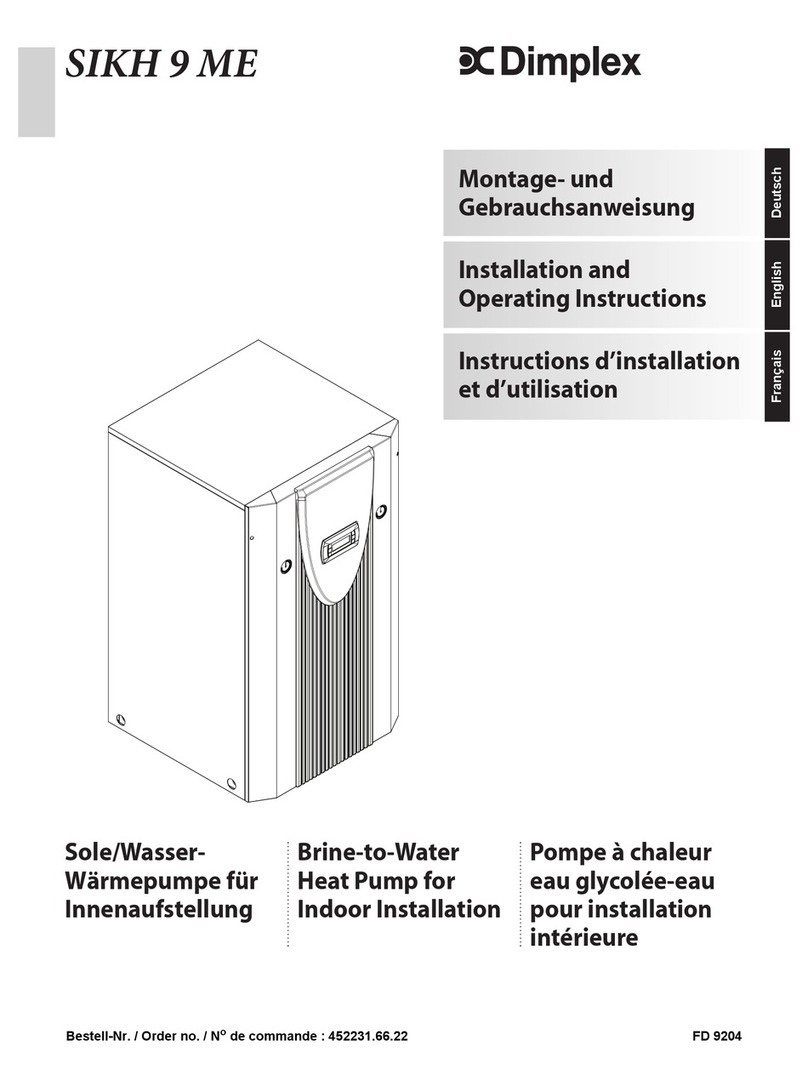
Dimplex
Dimplex SIKH 9 ME User manual
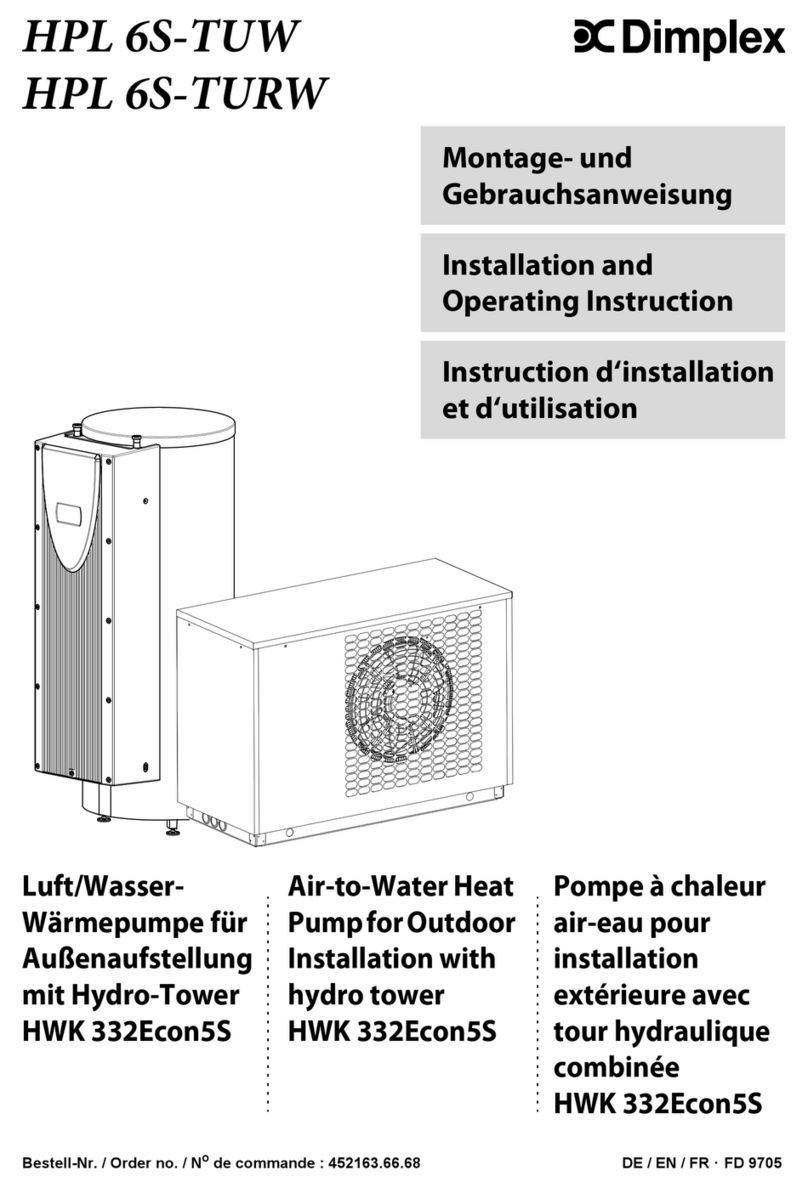
Dimplex
Dimplex HPL 6S-TUW User manual
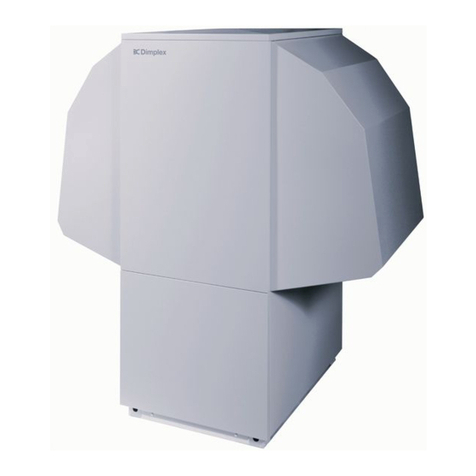
Dimplex
Dimplex LA 11MS User manual

Dimplex
Dimplex LA 11PS User manual
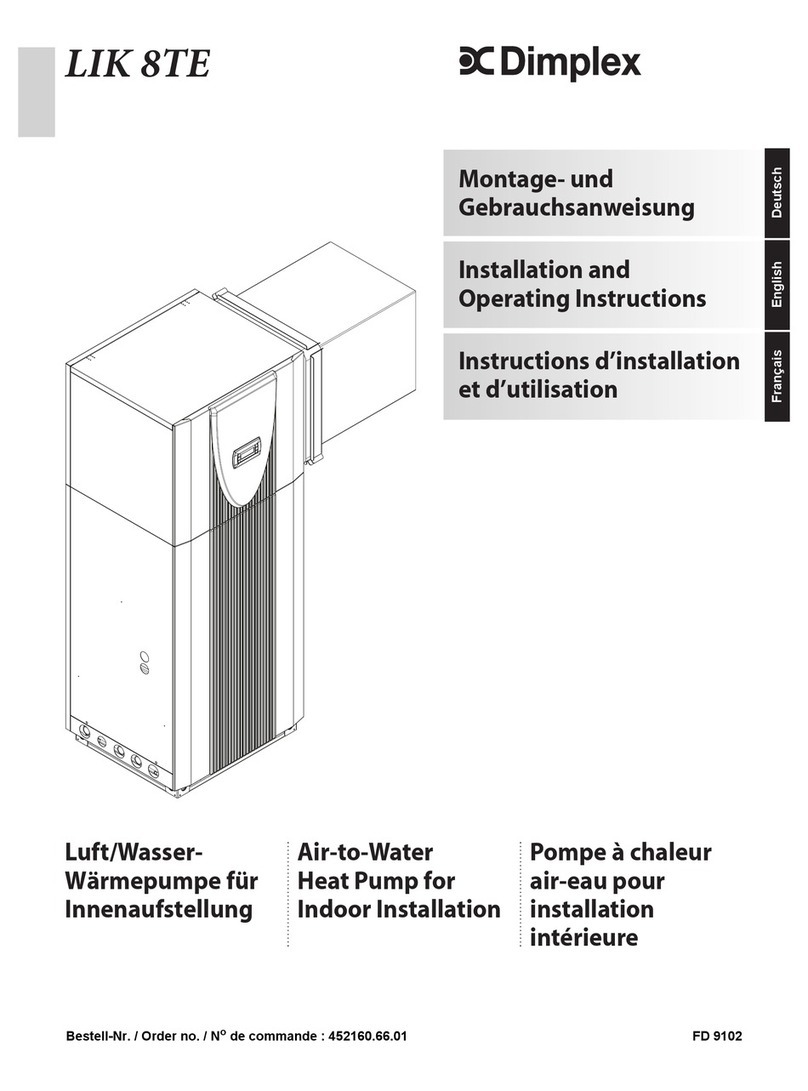
Dimplex
Dimplex LIK 8TE User manual
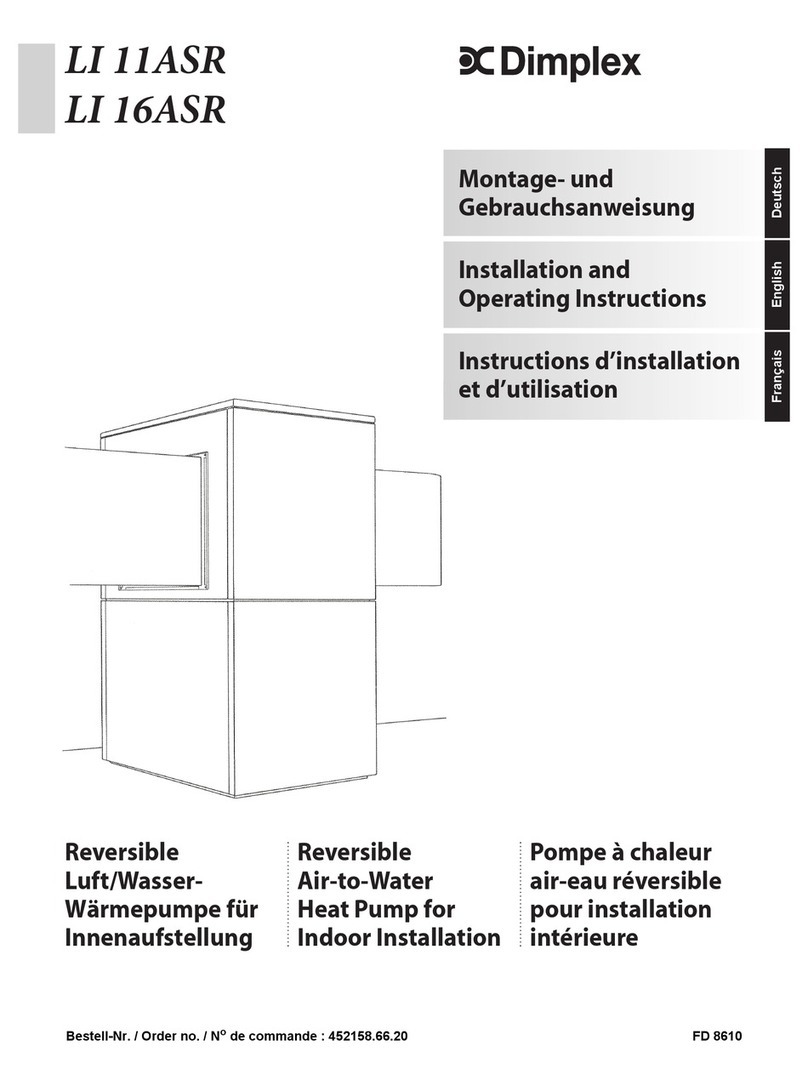
Dimplex
Dimplex LI 16ASR User manual
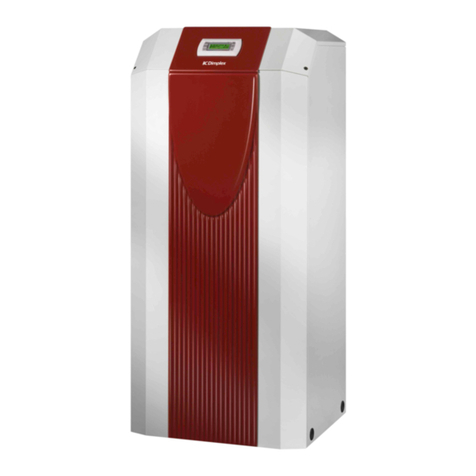
Dimplex
Dimplex WI 14TE User manual
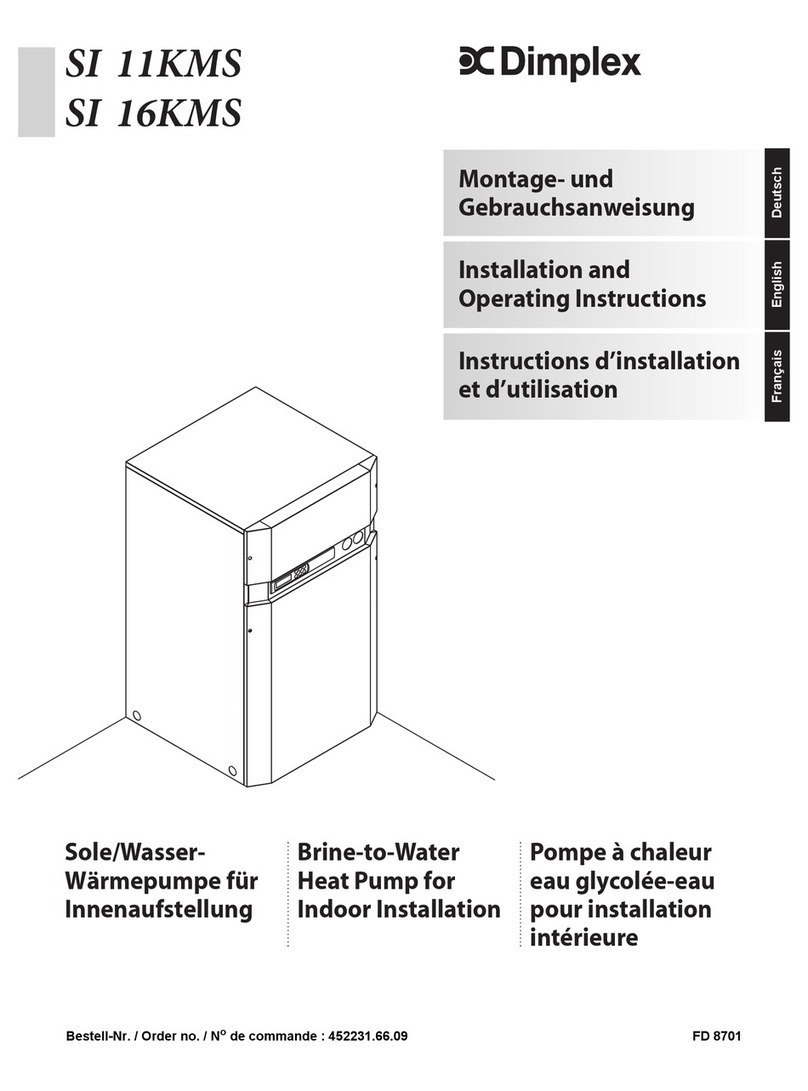
Dimplex
Dimplex SI 11KMS User manual

Dimplex
Dimplex SI 30TE User manual

Dimplex
Dimplex WWM 50 User manual
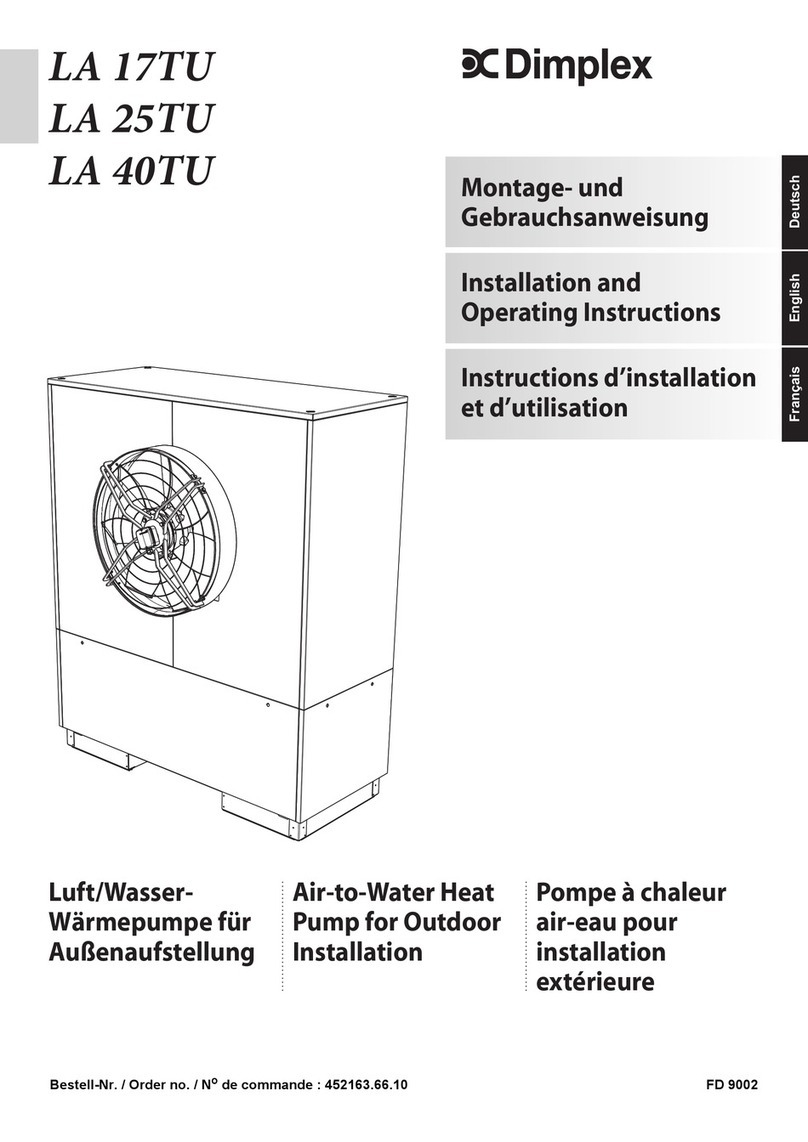
Dimplex
Dimplex LA 17TU User manual
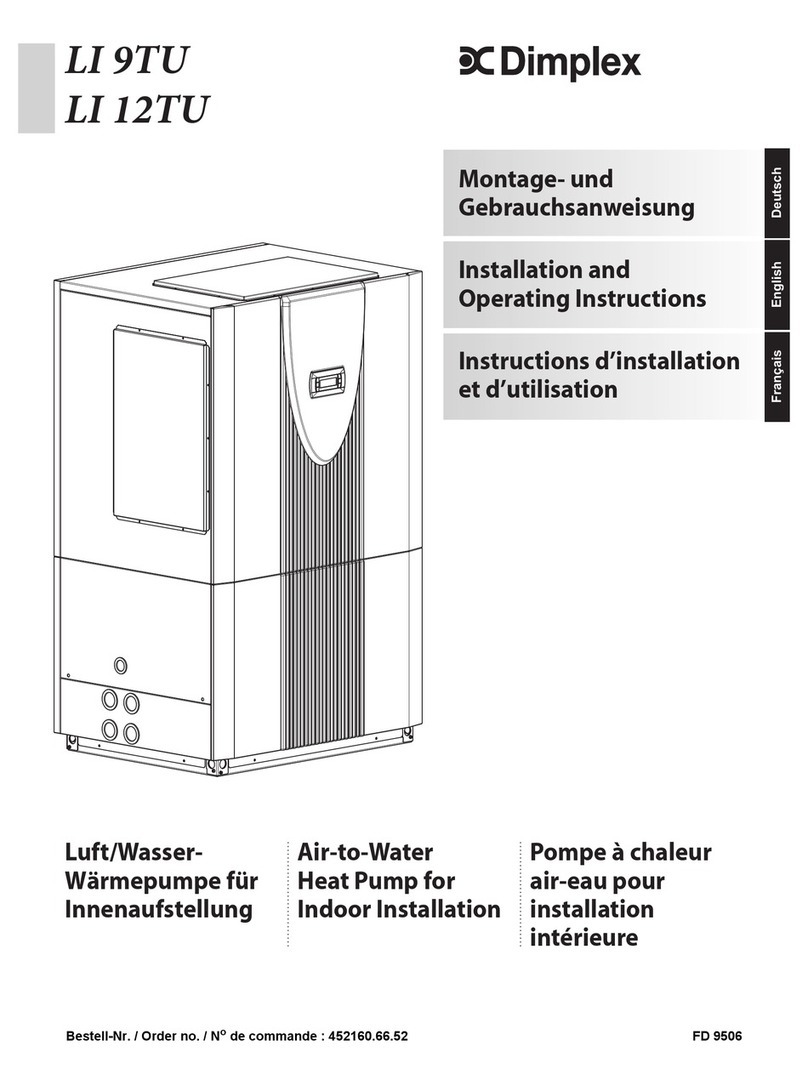
Dimplex
Dimplex LI 9TU User manual

Dimplex
Dimplex LA 22HS Supplement
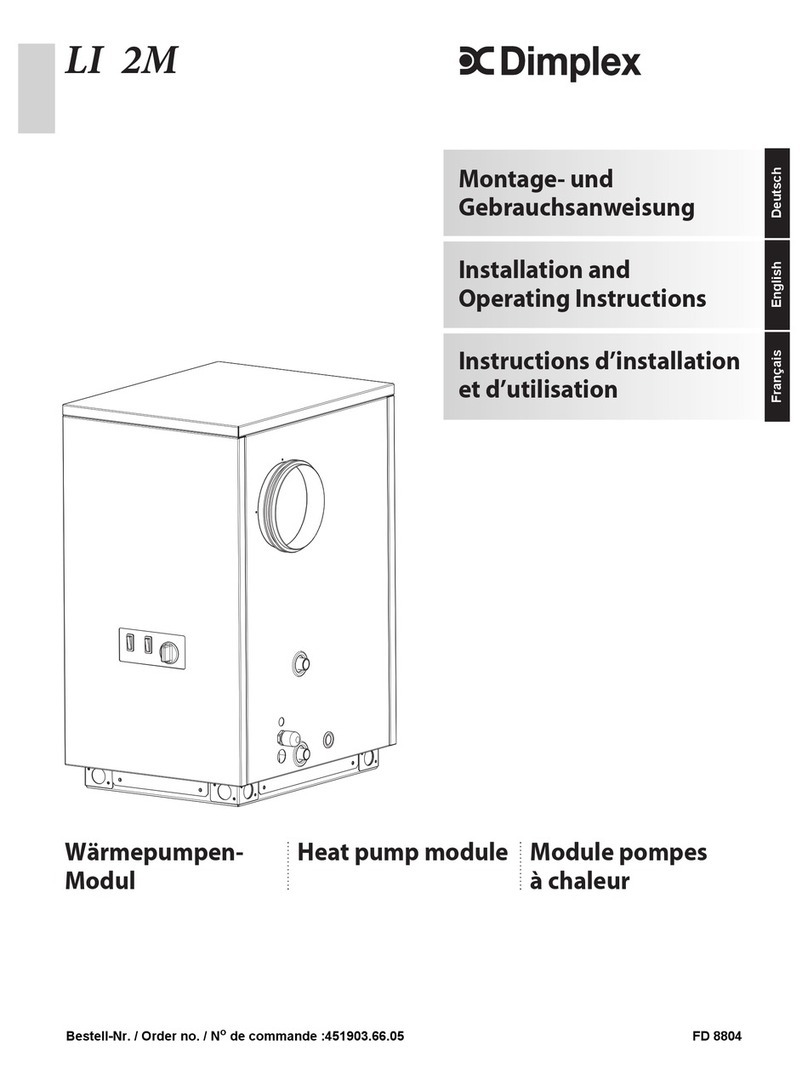
Dimplex
Dimplex LI 2M User manual
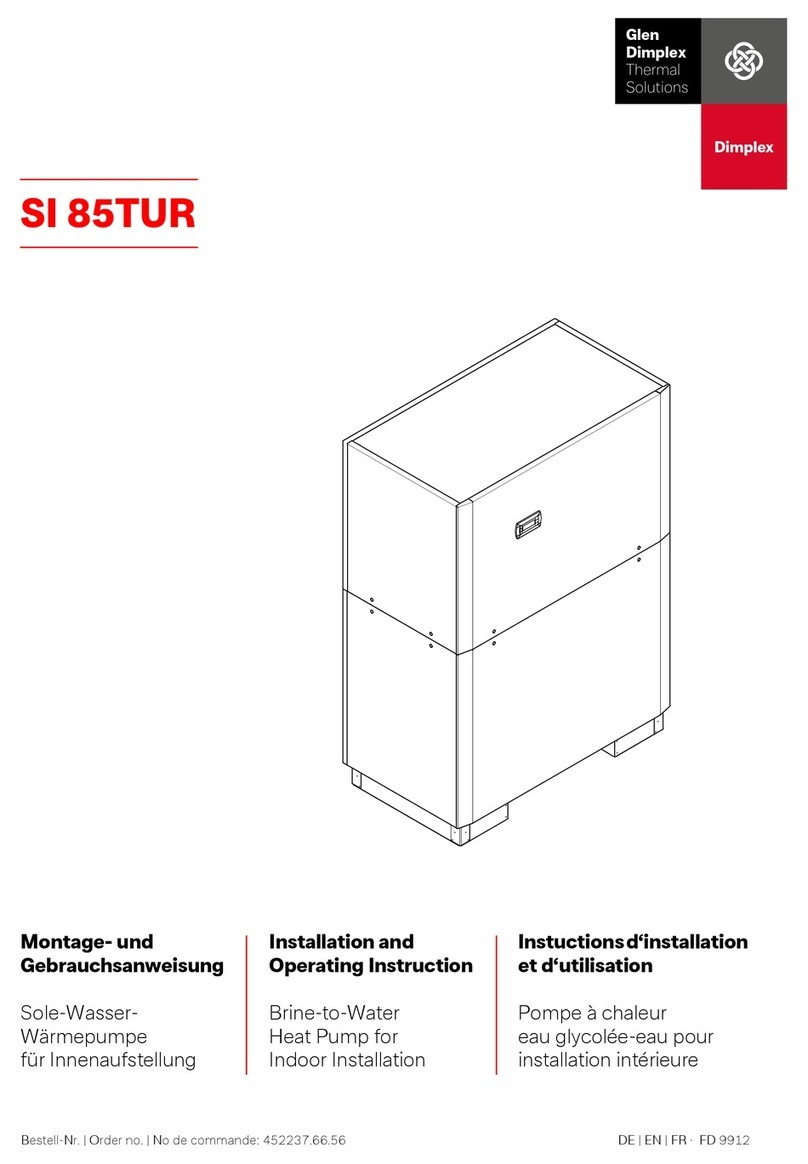
Dimplex
Dimplex SI 85TUR User guide

Dimplex
Dimplex WI 140TUR+ User manual
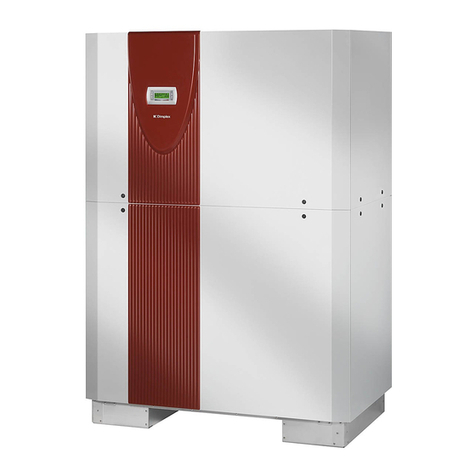
Dimplex
Dimplex SIH 90TU User manual
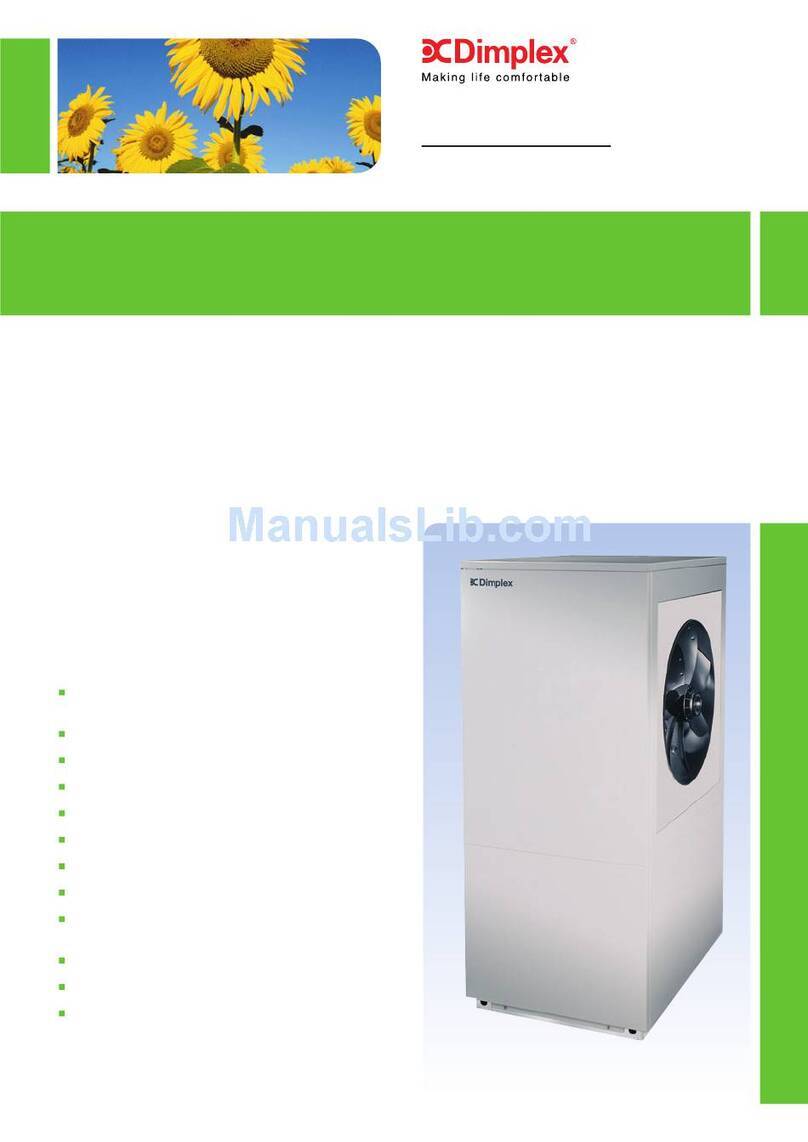
Dimplex
Dimplex LI 11MS Instruction manual
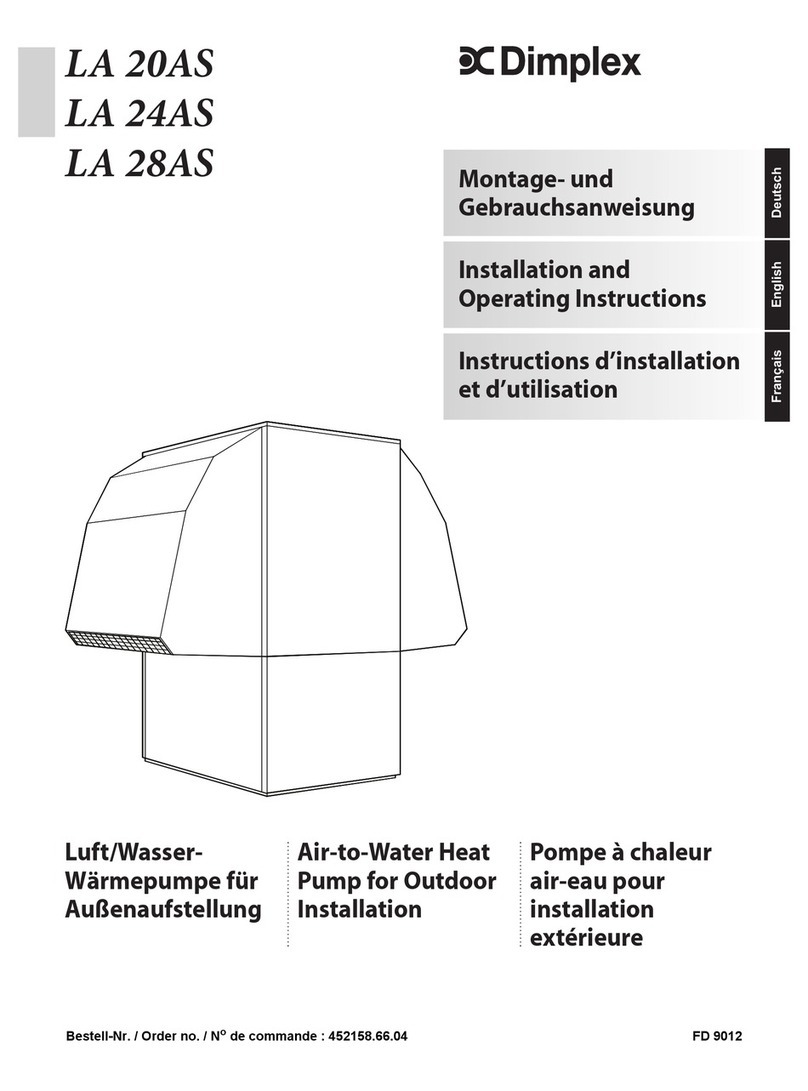
Dimplex
Dimplex LA 20AS User manual
Popular Heat Pump manuals by other brands

Mitsubishi Electric
Mitsubishi Electric PUZ-SWM60VAA Service manual

Carrier
Carrier WSHP Open v3 Integration guide

TGM
TGM CTV14CN018A Technical manual

Carrier
Carrier 38MGQ Series installation instructions

Kokido
Kokido K2O K880BX/EU Owner's manual & installation guide

Viessmann
Viessmann VITOCAL 300-G PRO Type BW 2150 Installation and service instructions
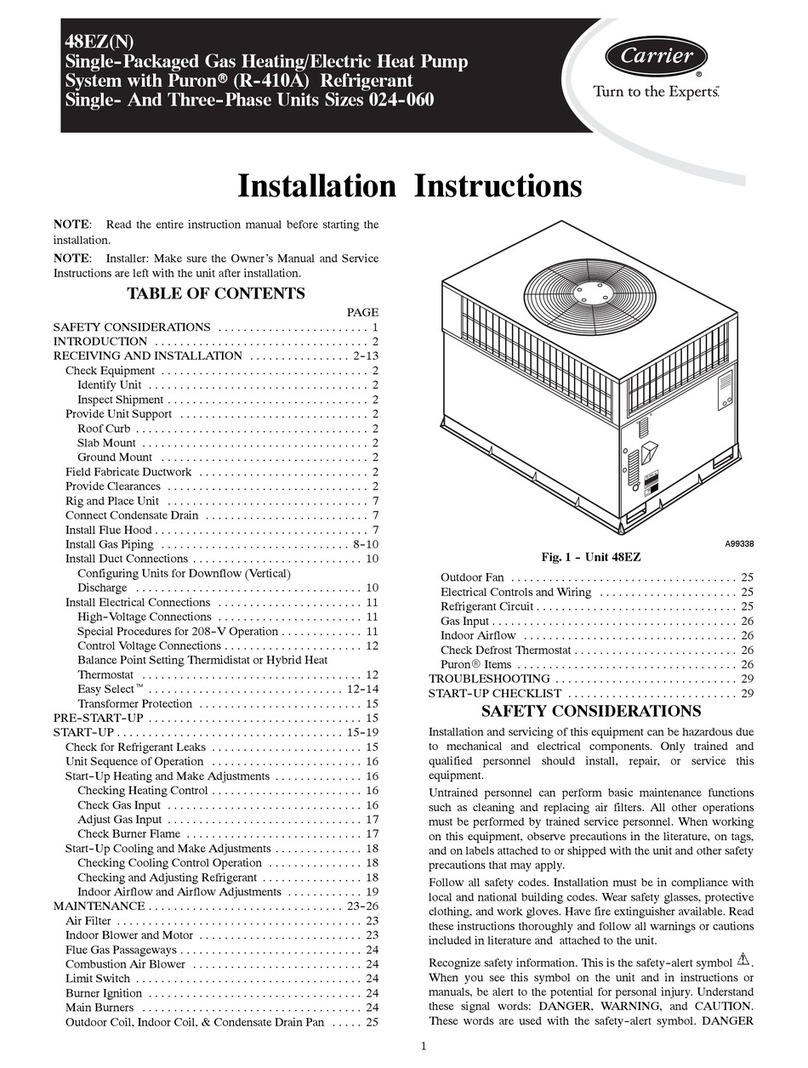
Carrier
Carrier 48EZN installation instructions

Viessmann
Viessmann KWT Vitocal 350-G Pro Series Installation and service instructions for contractors
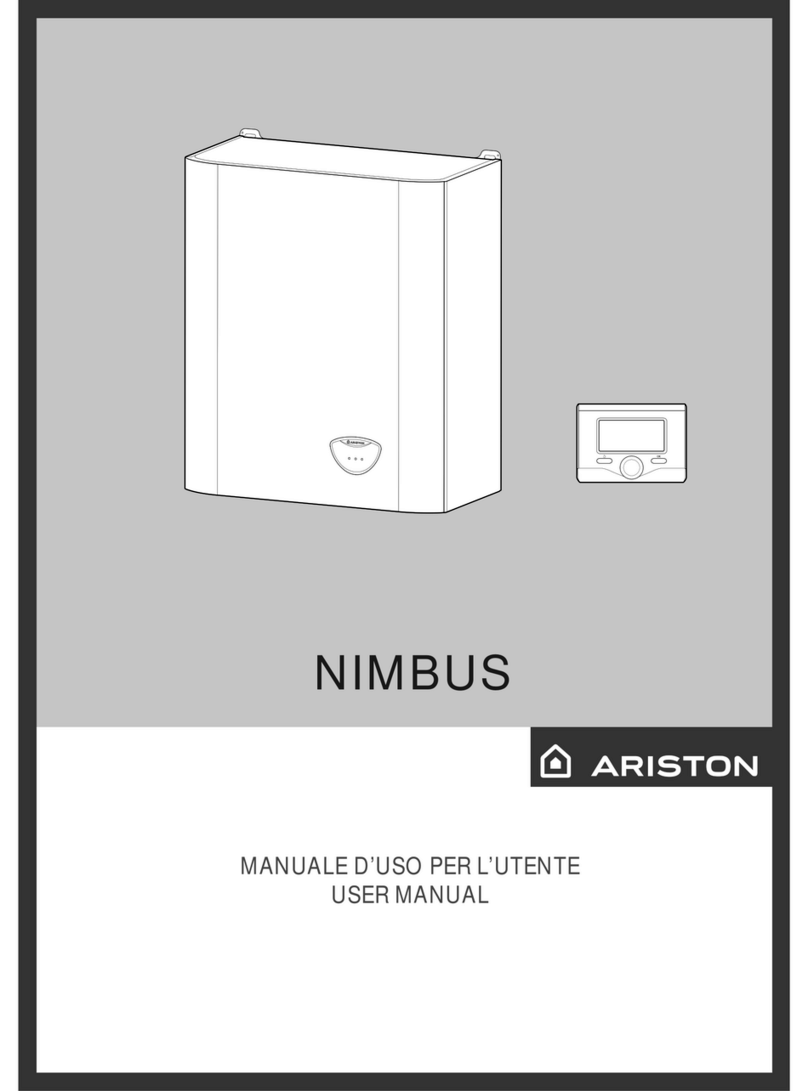
Ariston
Ariston NIMBUS user manual

Weishaupt
Weishaupt WWP L 7 Installation and operating instruction
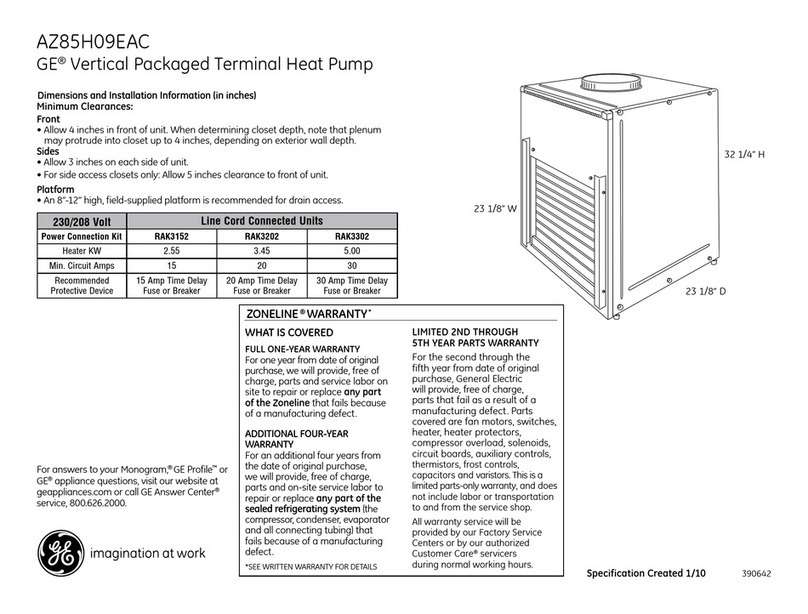
GE
GE Zoneline AZ85H09EAC datasheet
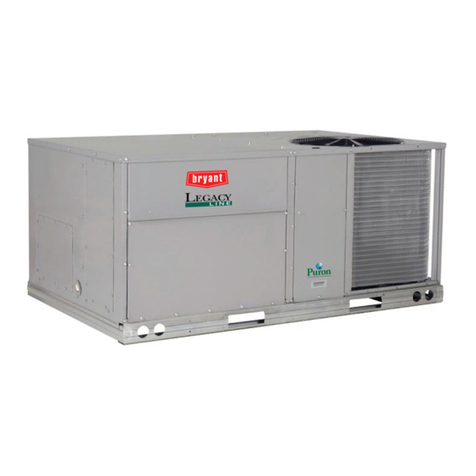
Bryant
Bryant Preferred Series installation instructions

